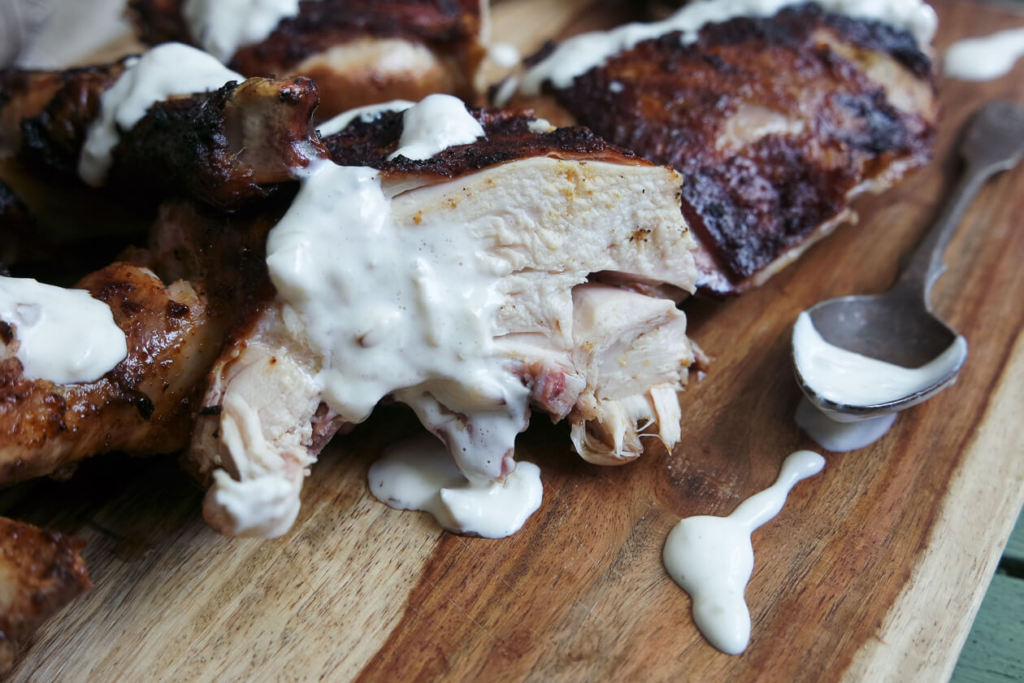
If you’re a fan of smoky flavors, then you’ll probably love the flavor of a naturally smoked sauce. Whether you’re grilling, roasting, or baking, a smoked sauce can add delicious flavor to your dishes. In this article, we’ll explore everything you need to know to make it, including a smoked sauce recipe.
Smoking has been used to preserve food for thousands of years, dating back to ancient civilizations. The process of smoking involves exposing food to smoke from burning wood or other materials. Over time, people discovered that smoking preserved food and added flavor.
Smoking meat is a popular technique and has a long history. In the United States, barbecue sauce is often smoked to add extra depth of flavor. However, smoked sauce is not limited to barbecue sauce. Whether sweet or tangy, the smoke flavor can be added to tomato sauce, aioli, and even hot sauce by adding a smoky flavor to the base ingredients. More and more smoked sauce co are highlighting flavors like vinegar, molasses, lime juice, or fresh garlic. Here’s a simple and delicious BBQ recipe that uses Worcestershire sauce, spice, salt, and distilled water:
Instructions:

Making smoked sauce involves adding a smoky flavor to a base sauce. The base sauce can vary depending on the recipe, but popular options include tomato, BBQ, mayo, and hot sauce. Wood chips or pellets are used in a smoker or a grill to add a smoky flavor. The wood can be hardwood like oak, hickory, mesquite, or fruitwood like apple or cherry. The wood is burned at a low temperature, and the smoke is used to flavor the sauce. The base sauce is transferred to a container that can withstand the smoker’s heat to smoke the sauce. The container is placed in the smoker, and the wood chips or pellets are added. The sauce is left in the smoker for several hours to absorb the smoky flavor.
Home cooks can also make smoked sauce without a smoker using liquid smoke or smoked paprika. Liquid smoke is made by condensing smoke from burning wood into a liquid form. Smoked paprika is made by smoking and drying peppers before grinding them into a fine powder. These ingredients can be added to the base sauce to achieve a similar smoky flavor. How to Use Smoked Sauce Smoked sauce can be used in a variety of ways to add flavor to your dishes.
Here are some ideas: – Use smoked tomato sauce as a base for pasta dishes or as a dipping sauce for bread and vegetables. – Mix smoked BBQ sauce with pulled pork or chicken for a smoky sandwich. – Add smoked mayo to sandwiches or use it as a dip for fried foods. – Spicy smoked hot sauce can add heat and smoky flavor to dishes like chili, soups, and stews. In conclusion, smoked sauce is a versatile condiment that can add a delicious smoky flavor to any dish. The smoked sauce will elevate your cooking game, whether you make it at home or buy it from a store.

Making smoked sauce is relatively easy. The key is to start with a base sauce or condiment and add a smoky flavor. Here’s another simple recipe for a smoked sauce:
You can adjust the recipe by using different base sauces or adding other ingredients like garlic, onions, or hot peppers. The key is to experiment and find the perfect smoky flavor that works for you.
Smoked sauce can be used in a variety of ways. Here are some of our top picks:
Smoking food has some potential health benefits. The process of smoking can help preserve food and extend its shelf life. Additionally, smoking meats can help kill harmful bacteria and reduce the risk of foodborne illness.
However, it’s important to note that smoking can also have some potential health risks. Burning wood or other materials can create smoke that contains harmful chemicals like polycyclic aromatic hydrocarbons (PAHs) and volatile organic compounds (VOCs). These chemicals can be harmful if ingested in large amounts over time.








Smoked sauce is a delicious way to add a smoky flavor to your favorite dishes. Whether you’re grilling, roasting, or baking, smoked sauce can take your cooking to the next level. You can make your own smoked sauce at home with simple ingredients and some experimentation. So why not give it a try and see how you like it?

